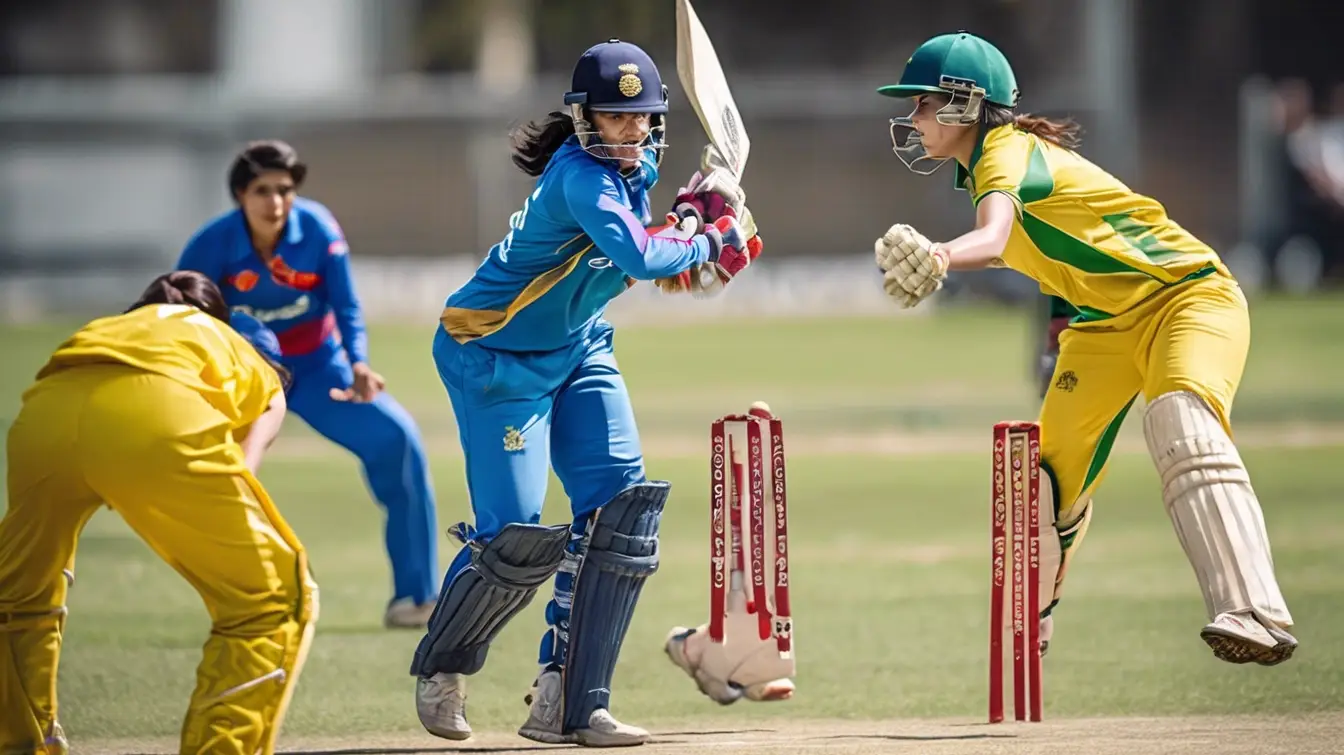Discover how women’s cricket is challenging norms and inspiring change in sports and society with a rich history of resilience.
The Rise of Women’s Cricket: Breaking Barriers and Shaping Futures
A Historical Perspective
Women’s cricket has a rich history that dates back to the 18th century, even before formal regulations were established. The earliest recorded women’s match took place in 1745 in England, showcasing the capability of women in the sport long before it gained official recognition.
The late 19th century saw the formation of the first women’s cricket club, the White Heather Club, in 1887. This era, however, was characterized by obstacles, as societal norms often relegated women’s sports to the background.
The struggles faced during this period laid the foundation for the resilience shown by future generations of female cricketers. For instance, the challenges women faced in gaining access to resources and training facilities prompted many to organize their own matches, fostering a sense of community and determination among players.
Major Milestones in Women’s Cricket
The Formation of Governing Bodies
The establishment of the Women’s Cricket Association (WCA) in England in 1926 marked a significant advancement in the promotion of women’s cricket. The WCA was dedicated to organizing matches, fostering talent, and providing a platform for female cricketers.
In 1973, the inaugural Women’s World Cup was held in England, paving the way for international recognition of women’s cricket. This tournament not only showcased the talent of female cricketers but also attracted sponsorships and media attention that were previously absent, catalyzing further growth in the sport.
Breakthrough Performances
Notable performances by women cricketers have changed perceptions, shifting the narrative around women’s capabilities in sports. Legendary players such as Belinda Clark, who scored an unbeaten 229 in a Test match against England in 1997, and Mithali Raj, who holds the record for the highest individual score in women’s One Day Internationals (ODIs), have paved the way for future generations.
Their outstanding achievements have garnered attention, laying the groundwork for increased interest and investment in women’s cricket. Additionally, players like Ellyse Perry have become household names, inspiring young girls around the world to pursue cricket professionally.
Factors Contributing to the Rise of Women’s Cricket
Media Coverage and Broadcasting
The role of media in advancing women’s cricket cannot be overstated. Increased television coverage, dedicated women’s tournaments, and comprehensive online streaming have brought women’s matches to homes worldwide.
Major networks and platforms have invested in broadcasting women’s games, enabling fans to engage with the sport like never before. This visibility has not only elevated the status of women’s cricket but has also encouraged young girls to take up the sport, seeing their heroes on screen and feeling inspired by their success.
Social Media and Digital Presence
In the digital age, social media platforms like Twitter, Instagram, and YouTube have enabled female cricketers to connect directly with their fans. Profiles of star players not only highlight their achievements but also inspire young athletes and promote diversity within the sport.
Campaigns promoting equality, such as the #GirlsWhoCricket and #WomenInSport hashtags, have gained traction, advocating for greater visibility and support for women cricketers.
These platforms allow players to share their training routines, match experiences, and personal stories, creating a more relatable image that resonates with aspiring athletes.
Sponsorship and Financial Investment
As women’s cricket garnered attention, sponsorship deals began to flourish. Insurance company CRED, Nike, and many local businesses invested in women’s teams and players, marking a financial shift that has allowed athletes to thrive professionally.
This provides essential funding for training, development, and better facilities. The establishment of professional leagues, such as the Women’s Big Bash League (WBBL) in Australia and The Hundred in England, offers women cricketers lucrative contracts similar to their male counterparts.
This financial backing has been pivotal in elevating the professionalism of women’s cricket, allowing players to focus on their skills without the burden of financial instability.
The Competitive Landscape of Women’s Cricket
Domestic Leagues and Their Impact
Domestic leagues have become a crucial breeding ground for talent. Programs like the Women’s T20 Challenge in India and England’s domestic T20 competitions enable upcoming players to showcase their skills on a prominent platform.
This competitive environment fosters growth through exposure to high-stakes matches, allowing players to gain invaluable experience. Furthermore, successful domestic leagues serve as a stepping stone for players to be selected for national teams, creating a clear pathway for aspiring cricketers.
The fierce competition not only enhances their skills but also draws attention from scouts looking to invest in the next generation of cricket stars. These leagues have transformed the landscape of women’s cricket, making it more competitive and exciting for fans.
Share this content:

